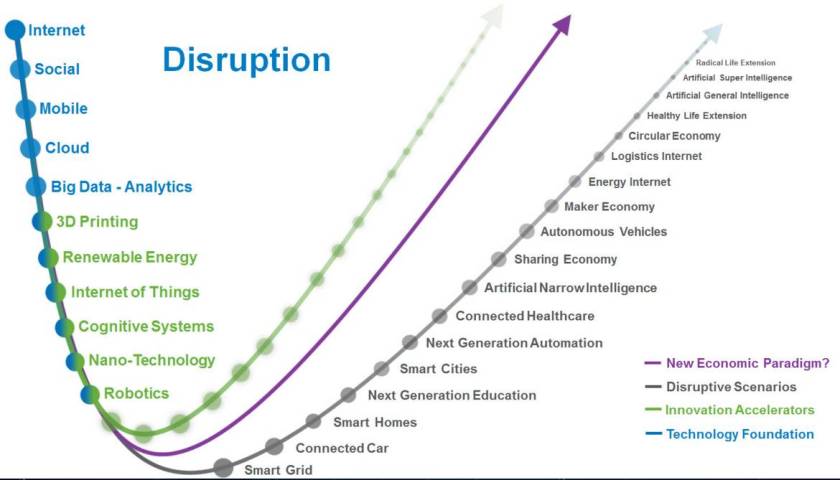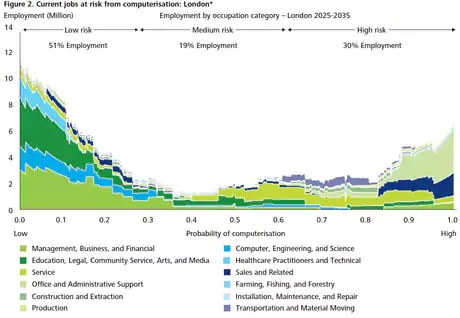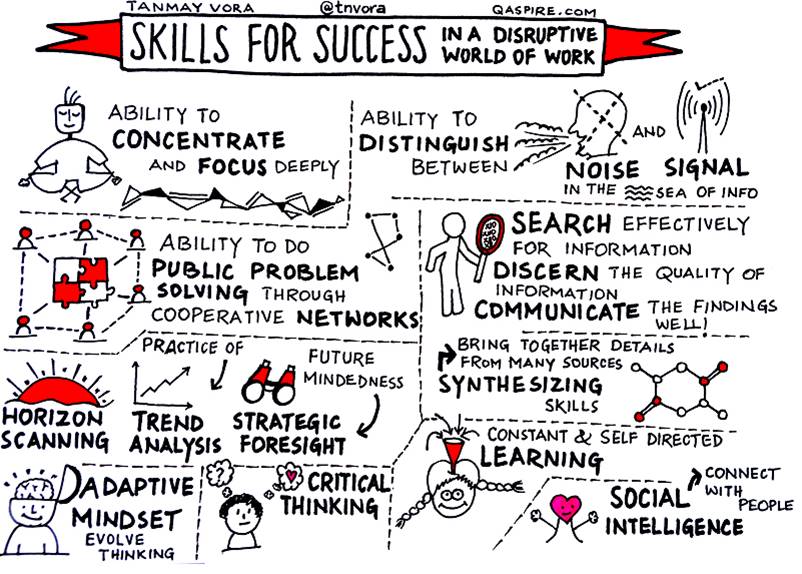As one might expect of someone with an academic leaning, I read lots. Unlike that time when the PhD was all consuming and I found my brain-muscle shift shape into a certain athletic-like state of fitness, able to deep dive into a given topic, I now find myself stretched in exactly the opposite manner; if the PhD was a single discipline endurance run, now this modus operandi has morphed into a multi-disciplinary sprint event; skimming with speed over vast and eclectic quantities of information and data, arriving at my eyes from all angles and sources; social media, blogs, newsletters, updates, periodicals, journals and so on. From this varied landscape emerge topics of interest which are then explored at a (slightly) more leisurely pace; such is the life of the twittersphere, mirrored in the daily consumption of short reports and email analysis of this or that. So when a topic of interest takes hold and I’m afforded the opportunity to dig, to explore, or pull at a thread, or, more meaningfully and excitedly, when the thread pulls back at me, it’s highly enjoyable. It’s addictive, this reading stuff.
Recently I’ve been digging into (what I think is) a fascinating area of thought; namely the evolving discourse on disruptive technologies: the evolution of intelligences of human making that are swiftly moving to the place where they form a matrix around us (yes that is deliberate inclusion of that word – its really difficult not to comparatively imagine the filmic trilogy) which fundamentally reshapes our societal norms. I’m really interested in the societal impacts that technology is really starting to play and looks set to play in our lives. After the opening chapter of the smart phone some time ago now, what is just around the corner (and beginning to emerge in earnest as we speak) has the potential to be a perfect collision of a number of interweaving developments: Augmented reality, wearable technologies, immersive technology, big data and, sitting underneath everything, IoT, or the internet of things – offering an evolving connectivity which (eventually) will see the material world around us adopt its own non-biological social networks and do much of our thinking for us.
 It’s already begun to happen on a small scale with apps like Wayz – a navigational app which relies on real time data from other users to inform the route – choice on the part of the driver is then relegated a little – the app is changing its own mind about the best route based on traffic conditions and we follow, for the most part unquestioningly, because the crowd sourced algorithmic wisdom of many brains as presented by Wayz outstrips our singular biological knowledge of the conditions which might lie ahead. Combine this with the driverless cars which are now in beta and we quickly arrive at a state where we don’t need the skill of driving any more. And when my driverless car is fully connected to my computer…and so on…. If you’re interested in this landscape of thinking, I’d recommend Who Owns The Future? by Jaron Lanier and also Yuval Noah Harari’s sequel to Homo Sapiens, Homo Deus. As tomes go, I found this last one brilliant; certainly in my top 3 at present.
It’s already begun to happen on a small scale with apps like Wayz – a navigational app which relies on real time data from other users to inform the route – choice on the part of the driver is then relegated a little – the app is changing its own mind about the best route based on traffic conditions and we follow, for the most part unquestioningly, because the crowd sourced algorithmic wisdom of many brains as presented by Wayz outstrips our singular biological knowledge of the conditions which might lie ahead. Combine this with the driverless cars which are now in beta and we quickly arrive at a state where we don’t need the skill of driving any more. And when my driverless car is fully connected to my computer…and so on…. If you’re interested in this landscape of thinking, I’d recommend Who Owns The Future? by Jaron Lanier and also Yuval Noah Harari’s sequel to Homo Sapiens, Homo Deus. As tomes go, I found this last one brilliant; certainly in my top 3 at present.
Relatedly, and slightly more soberingly, Ryan Avent’s The Wealth of Humans focuses on the world of work within this technological landscape. Avent paints a somewhat troubling description of the world ahead as increased non-biological algorithmic intelligences and automation causes the current landscape of work to shift in shape dramatically – simply put there’s the potential for swathes of the population to be unemployable due to a skillet which can be better performed by non conscious intelligence. As the Telegraph said some time ago, many professions we currently know and love are at risk of automation in the coming decades.

So, (Cheer up everyone) harking back to the day job, and thinking about the teaching and learning experience at Salford and more specifically, the preparation of our students to meet this landscape, the thang which puts the twist in my pasta, so to speak, is thinking about, and designing a learning environment which will help them and not just cope, but thrive in this future.
More and more the skillset for success, due to increased automation, growth in globalisation through networking and networked knowledges, and the rising productivity of what I see potentially being highly skilled few, fundamentally alters its emphasis from being knowledge-driven to a far softer skillset acquired through a disciplinary (or interdisciplinary) lens. Attitudes, aptitudes and behaviours will increasingly become the currency of value to a business. A company’s capital will be increasingly social, not technical or material.
Given this, We (educationalists writ large) should be working to develop polymaths: individuals with a varied set of skills and interests. Using their cross-disciplinary backgrounds, such individuals are better placed to search out and find novel solutions to problematic issues, or real world conundrums; they are a cheaper and value-added hire for companies- they require less training and their skill set, or competencies can be applied to a variety of business needs; and they are more resilient to volatility in the labour market, since this will increasingly be an economy in which transferable knowledge is the currency, and their varied skills can be applied in and across multiple fields and industrial sectors.

With this thinking in mind, the future therefore belongs to the (possibly augmented) super professionals – the cross-disciplinary digitally fluent breed of worker, innovator and creative disrupter who possesses a variety of skills and can adapt and identify new possibilities quickly. Perhaps more than anything, I think the ability to continually learn, unlearn and relearn will mark out the successes of the future. This is the singularly most prominent skill we need to embed in our graduates…
See you next week.


